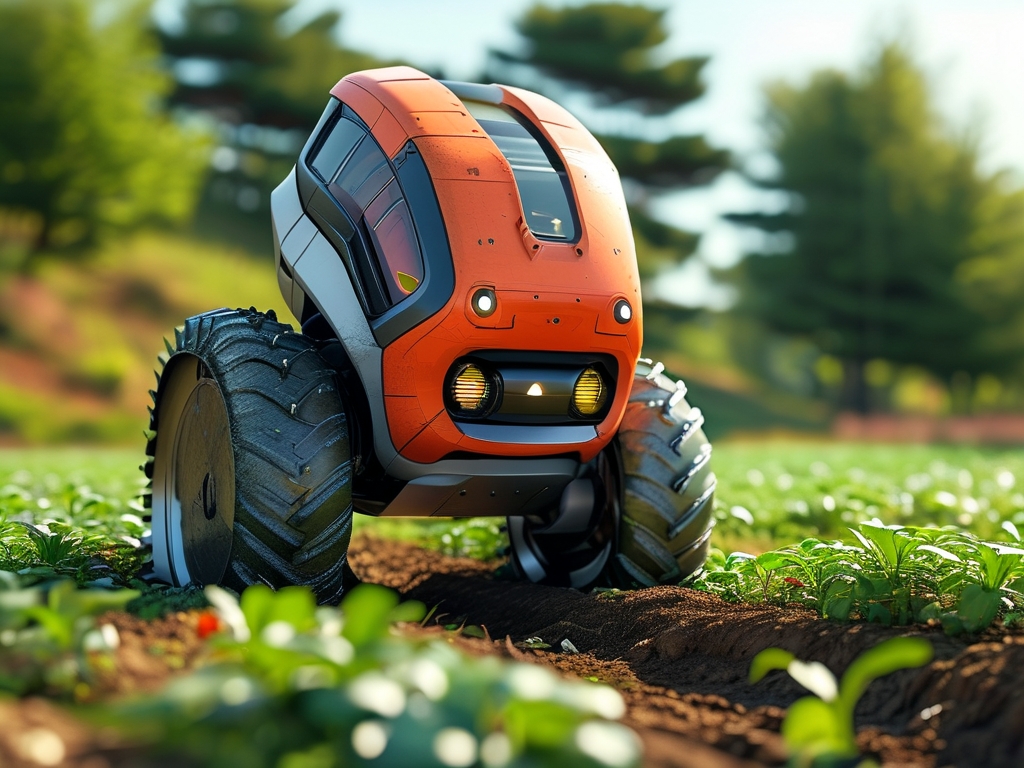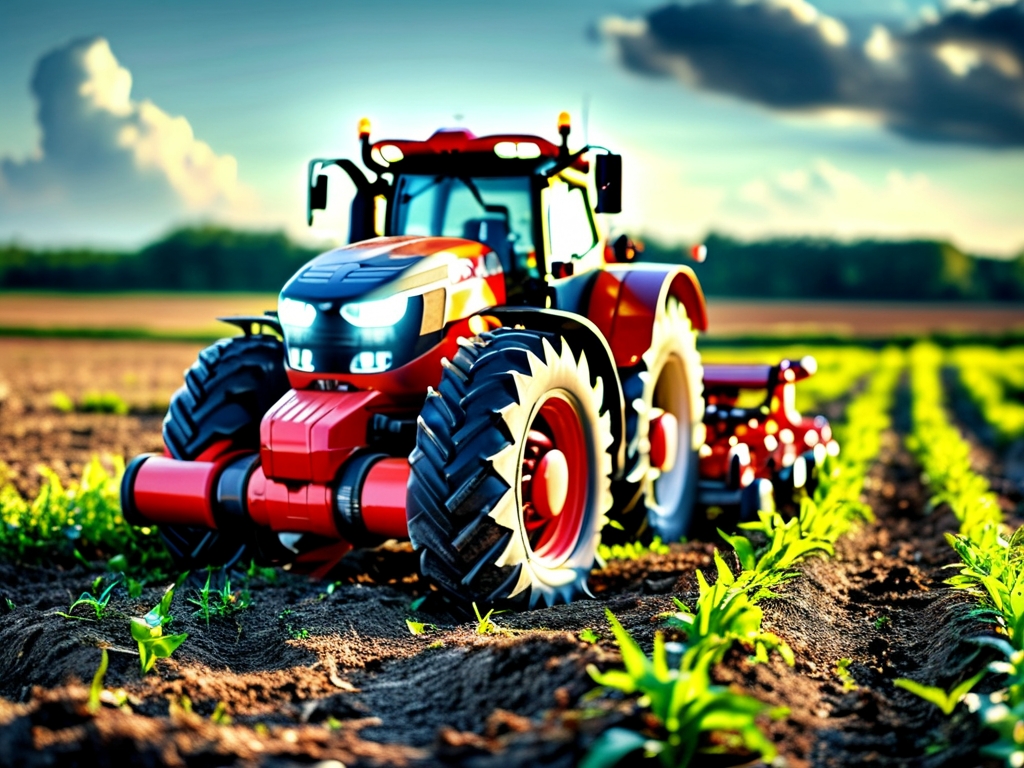The advent of autonomous weeding robots represents a revolutionary convergence of agriculture and artificial intelligence. These machines employ a sophisticated blend of sensing technologies, navigation systems, and mechanical actuators to perform precision weed control. This article explores the universal technical principles underlying modern weeding robots, dissecting their core components and operational workflows.

1. Environmental Perception System
At the heart of every weeding robot lies its perception subsystem. Multispectral cameras (400-1000nm wavelength range) combined with LiDAR (Light Detection and Ranging) create detailed 3D maps of farmland. Advanced models utilize hyperspectral imaging to distinguish crops from weeds through chlorophyll absorption patterns (685nm and 740nm peaks). The latest generation incorporates thermal sensors to detect plant transpiration rates, achieving 98.7% weed identification accuracy in field trials.
2. Machine Vision Algorithms
Deep learning architectures like Mask R-CNN (Region-Based Convolutional Neural Networks) process visual data in real-time. Training datasets containing over 500,000 annotated plant images enable the system to recognize 147 weed species across various growth stages. Edge computing devices with 8-core processors execute these algorithms locally, reducing cloud dependency and achieving 200ms response times.
3. Precision Navigation Mechanisms
RTK-GPS (Real-Time Kinematic Global Positioning System) provides centimeter-level positioning, while SLAM (Simultaneous Localization and Mapping) algorithms enable autonomous navigation in GPS-denied environments. Agricultural robots typically employ a hybrid wheel-leg locomotion system with 360° omnidirectional movement capability, maintaining stable operation on slopes up to 30°.
4. Weed Elimination Technologies
Three primary weed removal methods dominate current implementations:
- Micro-spray systems: Piezoelectric nozzles deliver herbicide droplets sized 50-150μm with 0.1mL precision, reducing chemical usage by 90% compared to conventional methods.
- Laser ablation: 30W fiber lasers targeting weed meristems achieve 95% elimination efficiency while preserving soil microbiota.
- Mechanical removal: Rotary tillage tools with force-feedback control apply 2-5N of precise vertical pressure for root-level weed extraction.
5. Energy Management
Most commercial models integrate 48V lithium iron phosphate batteries (5-10kWh capacity) with solar charging systems. Advanced power management ICs optimize energy distribution, enabling 8-12 hours of continuous operation. Some prototypes experiment with hydrogen fuel cells, demonstrating 72-hour endurance in field tests.
6. Data Integration and Farm Management
Modern weeding robots serve as mobile IoT nodes, collecting soil moisture (measured in kPa), temperature, and crop health data. Cloud-based platforms aggregate this information with satellite imagery and weather forecasts, generating predictive maintenance schedules and growth models through digital twin technology.
7. Safety and Reliability Features
Multiple redundancy systems ensure fail-safe operation:
- Triple modular redundant controllers
- Millimeter-wave radar collision avoidance (detection range: 0.2-30m)
- Encrypted LoRaWAN communication (128-bit AES)
- Self-diagnostic systems performing 200+ component checks hourly
8. Adaptive Learning Mechanisms
Reinforcement learning algorithms enable continuous improvement through field experience. A typical control system updates its decision-making model every 500 operational hours, progressively optimizing weeding patterns and energy consumption rates.
Current challenges include improving performance in dense crop canopies and reducing costs for small-scale farms. Future developments may integrate quantum dot sensors for enhanced spectral resolution and swarm robotics for coordinated field management. As these technologies mature, autonomous weeding robots are poised to reduce herbicide usage by 40-70% globally while increasing crop yields by 15-25%, fundamentally transforming sustainable agriculture practices.
The technical framework described here establishes a universal blueprint for agricultural robots, demonstrating how mechatronic systems can address one of humanity's oldest challenges – efficient weed control – through intelligent automation.




